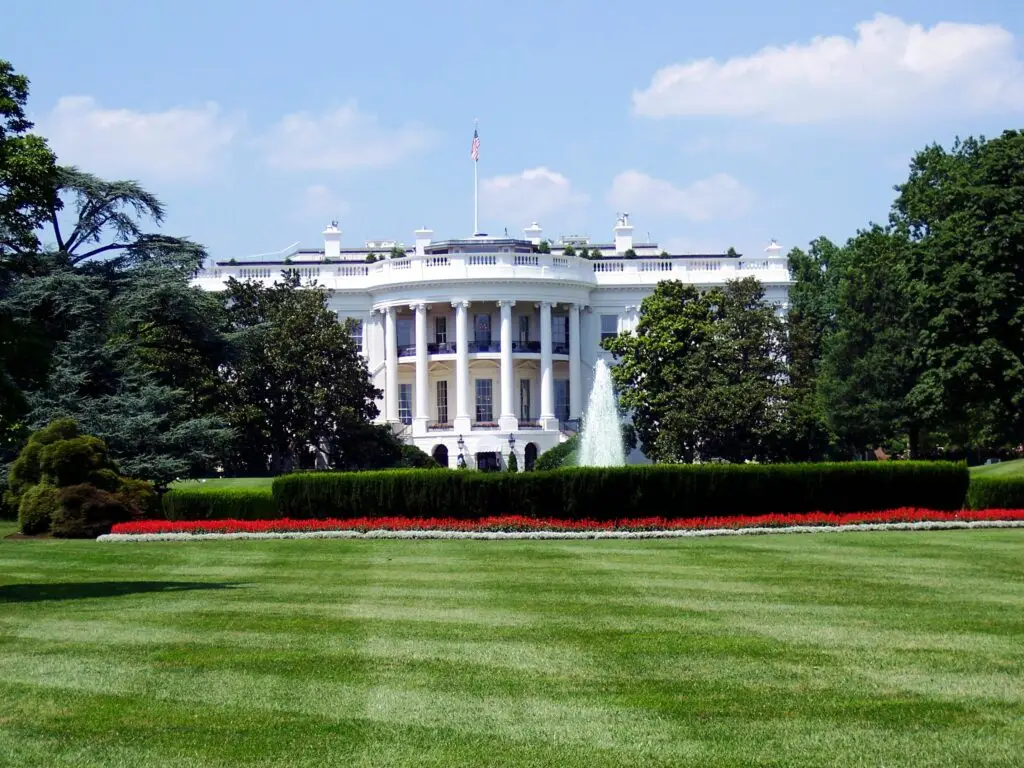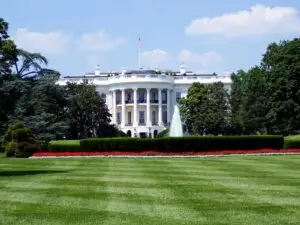Much Confusion Exist Concerning Our Government
As this election approaches, we must understand how our Constitutional Republic operates and avoid falling prey to disinformation or unrealistic expectations about elected officials. Although the President plays a significant role, the President does not personally create laws or control the government alone. Below is an overview of how our government functions.
Legislative Branch
The legislative branch develops laws, creates the government’s budget, distributes funds to citizens, and ensures the government’s bills get paid. This branch controls the “purse strings” of the government.
The House of Representatives and the Senate make up the legislative branch. A state’s population determines how many representatives it receives, and every ten years, the Census Bureau conducts a population count to adjust representation as needed.
The **Speaker of the House** leads the House of Representatives and holds significant power by controlling the legislative agenda. The Speaker decides which bills reach the floor for debate and a vote, appoints committee members, and maintains order during proceedings. This role makes the Speaker a key player in shaping policy and influencing the direction of Congress.
Each state has two Senators, regardless of population size, and this number stays fixed. Senators can block legislation through the filibuster, which prevents a bill from advancing to a final vote. To break a filibuster, at least 60 Senators must vote to end the debate, a process known as cloture. Once the Senate passes the bill, it moves to the President, who can sign it into law or veto it. The filibuster makes it difficult to pass legislation without broad bipartisan support, giving the minority party significant influence over the legislative process.
Executive Branch
The executive branch includes the President’s office, and the President signs bills from Congress into law. Although the executive branch enforces the laws Congress passes, it does not create them. People often blame Presidents for taking no action on hot-button issues such as inflation or taxes, but the President is limited in what he can accomplish without Congress’ help. For example, the President nominates federal judges, but the nominee needs senate confirmation before they can take the bench.
The President can issue executive orders, but these orders are limited in scope and power and often face challenges in federal courts. Furthermore, executive orders cannot override laws Congress passes. The President, therefore, cannot independently change or make laws; that responsibility lies with the legislative branch.
Judicial Branch
The judicial branch interprets laws and resolves legal disputes across the country. This branch, the smallest of the three, includes the Supreme Court of the United States (SCOTUS). It’s the final authority on our nation’s legal disputes. SCOTUS rulings establish the law of the land unless Congress passes new laws to override them. Additionally, the judicial branch includes lower federal courts—district and appellate courts—spread throughout the country. The President appoints federal judges, and the Senate confirms them.
Conclusion
The framers of the Constitution intentionally designed three branches of government to ensure no single branch holds absolute power. Each branch checks the others, and the government works best when these branches cooperate for the public’s benefit. This article aims to clarify that the President cannot act unilaterally to change laws or control the government. While the executive branch enforces laws, the legislative branch creates them, and the judicial branch interprets them. Understanding these roles allows us to hold our elected officials accountable and ensures the government serves all people effectively.






